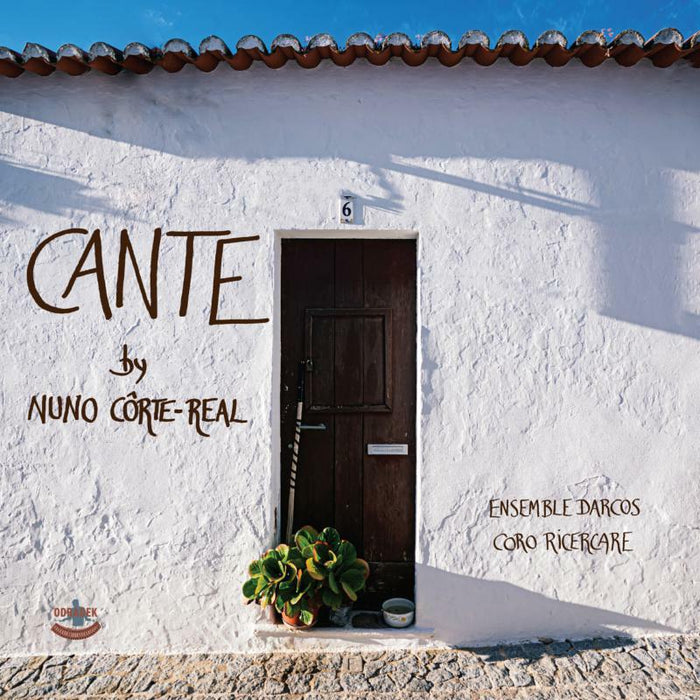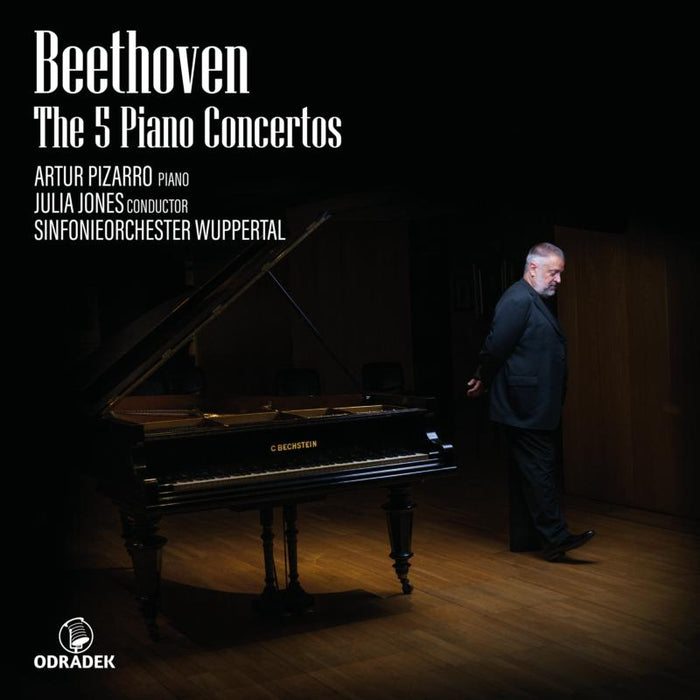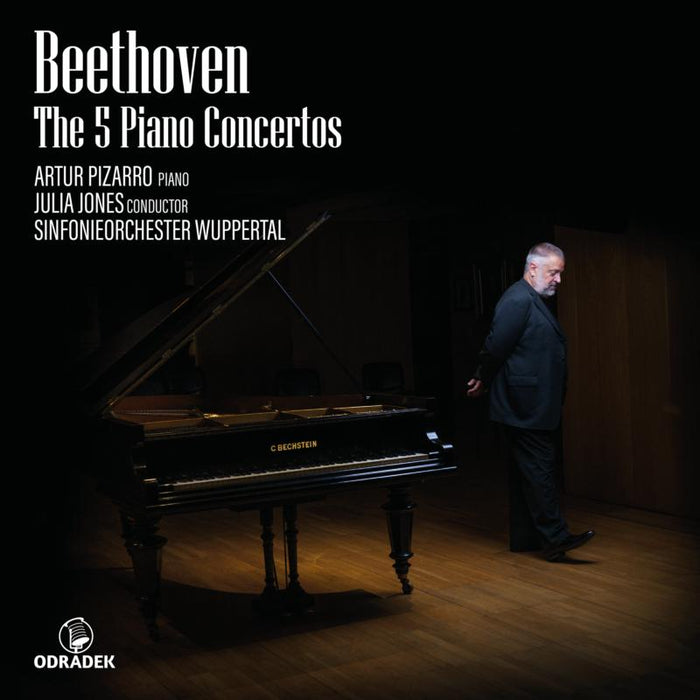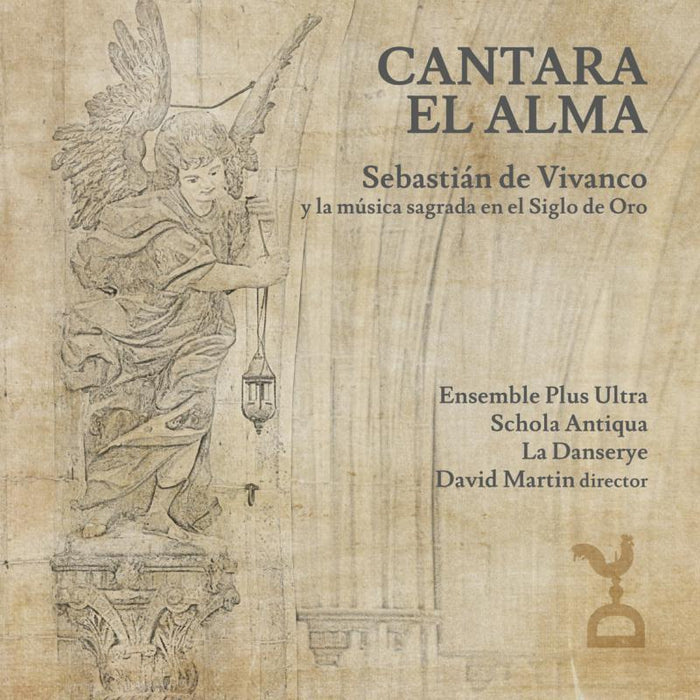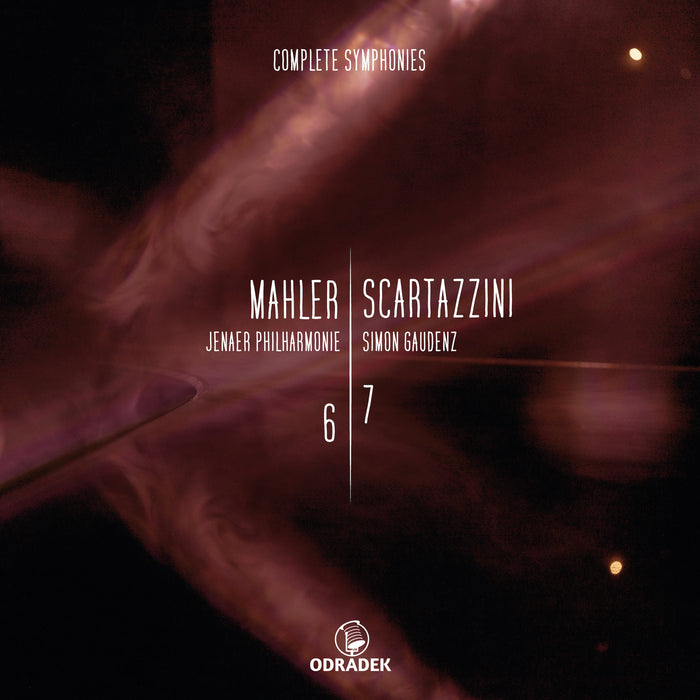Description
Andrew Gourlay directs the Orquesta Sinfonica de Castilla y Leon (OSCyL) in sumptuous works by Rachmaninov: the evocative Isle of the Dead and the achingly romantic Second Symphony.
Rachmaninov's Isle of the Dead was inspired by a monochrome print of a painting of the same name by Swiss Symbolist artist Arnold Böcklin, who described it as "a dream picture: it must produce such a stillness that one would be awed by a knock on the door." The ominous, dark-hued palette of Rachmaninov's score evokes the craggy bleakness of the print, with the music culminating in a battle between a wistful 'life' theme and the Dies irae chant, borrowed from the Catholic Requiem Mass, to represent death. The 'life' theme dominates the central section of the work and, in common with the slow movement of Rachmaninov's Second Symphony, is a great example of the composer's skill in weaving together melody and harmony to create billowing, silken textures.
Following the disaster of his First Symphony, Rachmaninov was slow to complete a Second, but when he did it was a resounding success, winning him his second Glinka Award (the first had been for the Piano Concerto No. 2). The work opens with a slow introduction so expansive that it builds to its own climax before the main Allegro even begins. The second movement also refers to the Dies irae chant, a favourite of Rachmaninov's, before the famous slow movement, a masterpiece of overlapping textures intertwining to create a slow crescendo of yearning passion. The work is rounded off by a finale of visceral power.
Described by The Guardian as "a star in the ascendant", Andrew Gourlay is fast becoming one of the world's most sought-after conductors for his subtle and refreshing approach. Gourlay's relationship with the OSCyL is well-established; he was the orchestra's Principal Guest Conductor in the 2014/15 season, before becoming its Music Director in January 2016.


